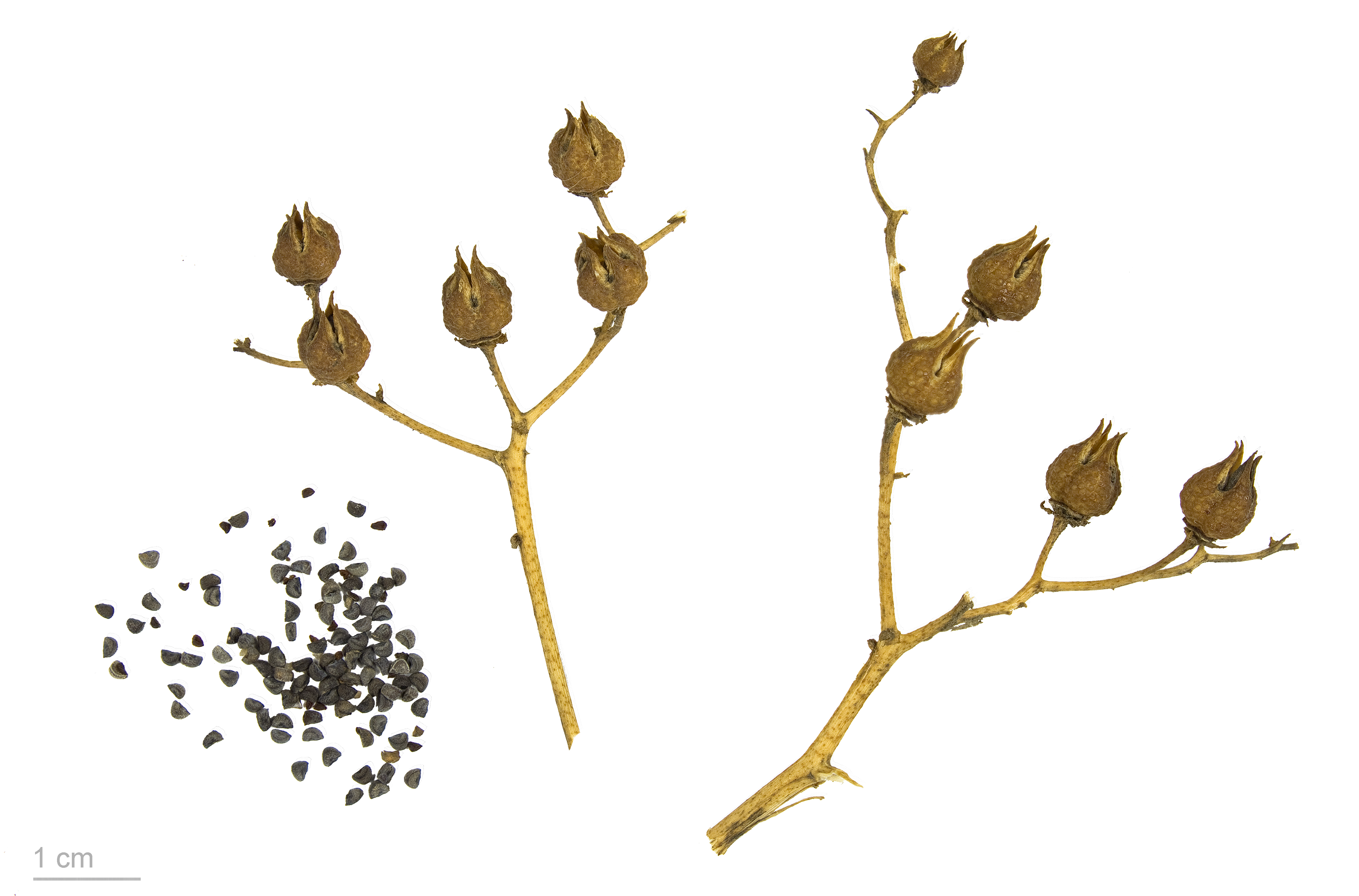|
Amaro Lucano
Amaro Lucano is an Italian herbal liqueur in the Amaro (drink), Amaro category. It is produced by Amaro Lucano S.p.A., a family-owned company based in Pisticci, Basilicata. The adjective "Lucano" comes from Lucania, another name for Basilicata. History It was originally created in 1894 by Pasquale Vena, a pastry chef who blended more than 30 herbs. The secret recipe has been passed from generation to generation in the Vena family. In 1900, Amaro Lucano gained fame throughout the Kingdom of Italy, after the Vena family became the official supplier to the House of Savoy, whose coat of arms appears on the label. After a period of recession during World War II, in 1950 the workshop became an industrial enterprise under the management of Vena's sons Leonardo and Giuseppe and in 1965 a new factory in the frazione Pisticci Scalo was opened. In the 1970s, the Vena family also began producing other alcohol-based drinks under the name "Lucano" such as the Sambuca, Limoncello and Caffè va ... [...More Info...] [...Related Items...] OR: [Wikipedia] [Google] [Baidu] |
Liqueur
A liqueur (; ; ) is an alcoholic drink composed of spirits (often rectified spirit) and additional flavorings such as sugar, fruits, herbs, and spices. Often served with or after dessert, they are typically heavily sweetened and un-aged beyond a resting period during production, when necessary, for their flavors to mingle. Liqueurs are historical descendants of herbal medicines. They were made in Italy as early as the 13th century, often prepared by monks (for example, Chartreuse). Today they are produced all over the world, commonly served neat, over ice, with coffee, in cocktails, and used in cooking. Etymology The French word ''liqueur'' is derived from the Latin ''liquifacere'', which means "to dissolve". In some parts of the United States and Canada, liqueurs may be referred to as cordials, or schnapps. This can cause confusion as in the United Kingdom a cordial would refer to a non-alcoholic concentrated fruit syrup, typically diluted to taste and consumed as a non ... [...More Info...] [...Related Items...] OR: [Wikipedia] [Google] [Baidu] |
Cnicus
''Cnicus benedictus'', known by the common names St. Benedict's thistle, blessed thistle, holy thistle and spotted thistle, is a thistle-like plant in the family Asteraceae, native to the Mediterranean region, from Portugal north to southern France and east to Iran. It is known in other parts of the world, including parts of North America, as an introduced species and often a noxious weed. It is the sole species in the monotypic genus ''Cnicus''. Other species once included in the genus have largely been reclassified to ''Cirsium'', '' Carduus'', and ''Centaurea''. The related genus ''Notobasis'' is included in ''Cnicus'' by some botanists; it differs in slender, much spinier leaves, and purple flowers. Growth It is an annual plant growing to 60 cm tall, with leathery, hairy leaves up to 30 cm long and 8 cm broad, with small spines on the margins. The flowers are yellow, produced in a dense flowerhead (capitulum) 3–4 cm diameter, surrounded by numerous ... [...More Info...] [...Related Items...] OR: [Wikipedia] [Google] [Baidu] |
Apéritif And Digestif
Apéritifs (; ) and digestifs () are drinks, typically alcoholic, that are normally served before (''apéritif'') or after (''digestif'') a meal. Apéritif An apéritif is an alcoholic beverage usually served before a meal to stimulate the appetite, and is usually dry rather than sweet. Common choices for an apéritif are vermouth; champagne; pastis; gin; ouzo; fino, amontillado or other styles of dry sherry (but not usually cream or oloroso blended sherry, which is very sweet and rich). An ''apéritif'' may be served with an hors d'oeuvre or amuse-bouche, such as crackers, cheese, pâté, quiche or olives. ''Apéritif'' is a French word "derived from the Latin verb ''aperire'', which means to open". The French colloquial word for ''apéritif'' is ''apéro''. History The fifth-century Christian ascetic Diadochos of Photiki says, "People who wish to discipline the sexual organs should avoid drinking those artificial concoctions which are called 'aperitifs'—presumably be ... [...More Info...] [...Related Items...] OR: [Wikipedia] [Google] [Baidu] |
Extract
An extract is a substance made by extracting a part of a raw material, often by using a solvent such as ethanol, oil or water. Extracts may be sold as tinctures, absolutes or in powder form. The aromatic principles of many spices, nuts, herbs, fruits, etc., and some flowers, are marketed as extracts, among the best known of true extracts being almond, cinnamon, cloves, ginger, lemon, nutmeg, orange, peppermint, pistachio, rose, spearmint, vanilla, violet, rum, and wintergreen. Extraction techniques Most natural essences are obtained by extracting the essential oil from the feedstock, such as blossoms, fruit, and roots, or from intact plants through multiple techniques and methods: * Expression (juicing, pressing) involves physical extraction material from feedstock, used when the oil is plentiful and easily obtained from materials such as citrus peels, olives, and grapes. * Absorption (steeping, decoction). Extraction is done by soaking material in a solvent, as ... [...More Info...] [...Related Items...] OR: [Wikipedia] [Google] [Baidu] |
Hot Pressing
Hot pressing is a high-pressure, low-strain-rate powder metallurgy process for forming of a powder or powder compact at a temperature high enough to induce sintering and creep processes. This is achieved by the simultaneous application of heat and pressure. Hot pressing is mainly used to fabricate hard and brittle materials. One large use is in the consolidation of diamond-metal composite cutting tools and technical ceramics. The densification works through particle rearrangement and plastic flow at the particle contacts. The loose powder or the pre-compacted part is in most of the cases filled to a graphite mould that allows induction or resistance heating up to temperatures of typically . Pressures of up to can be applied. Other great use is in the pressing of different types of polymers. Within hot pressing technology, three distinctly different types of heating can be found in use: induction heating, indirect resistance heating and field assisted sintering technique (FAST) ... [...More Info...] [...Related Items...] OR: [Wikipedia] [Google] [Baidu] |
Infusion
Infusion is the process of extracting chemical compounds or flavors from plant material in a solvent such as water, oil or alcohol, by allowing the material to remain suspended in the solvent over time (a process often called steeping). An infusion is also the name for the resultant liquid. The process of infusion is distinct from both decoction—a method of extraction involving boiling the plant material—and percolation, in which water is passed through the material (as in a coffeemaker). History The first recorded use of essential oils was in the 10th or 11th century by the Persian polymath Avicenna, possibly in ''The Canon of Medicine''. Tea is far older than this, dating back to the 10th century BC as the earliest recorded reference. Preparation techniques Infusion is a chemical process that uses botanicals (typically dried herbs, flowers or berries) that are volatile and release their active ingredients readily in water, oil, or alcohol. In this process, a liquid i ... [...More Info...] [...Related Items...] OR: [Wikipedia] [Google] [Baidu] |
Essential Oil
An essential oil is a concentrated hydrophobic liquid containing volatile (easily evaporated at normal temperatures) chemical compounds from plants. Essential oils are also known as volatile oils, ethereal oils, aetheroleum, or simply as the oil of the plant from which they were extracted, such as oil of clove. An essential oil is essential in the sense that it contains the essence of the plant's fragrance—the characteristic fragrance of the plant from which it is derived. The term "essential" used here does ''not'' mean indispensable or usable by the human body, as with the terms essential amino acid or essential fatty acid, which are so called because they are nutritionally required by a living organism. Essential oils are generally extracted by distillation, often by using steam. Other processes include expression, solvent extraction, '' sfumatura'', absolute oil extraction, resin tapping, wax embedding, and cold pressing. They are used in perfumes, cosmetics, soaps, air ... [...More Info...] [...Related Items...] OR: [Wikipedia] [Google] [Baidu] |
Cinnamon
Cinnamon is a spice obtained from the inner bark of several tree species from the genus ''Cinnamomum''. Cinnamon is used mainly as an aromatic condiment and flavouring additive in a wide variety of cuisines, sweet and savoury dishes, breakfast cereals, snack foods, bagels, teas, and traditional foods. The aroma and flavour of cinnamon derive from its essential oil and principal component, cinnamaldehyde, as well as numerous other constituents including eugenol. Cinnamon is the name for several species of trees and the commercial spice products that some of them produce. All are members of the genus ''Cinnamomum'' in the family Lauraceae. Only a few ''Cinnamomum'' species are grown commercially for spice. ''Cinnamomum verum'' (AKA ''C. zeylanicum''), known as "Ceylon cinnamon" after its origins in Sri Lanka (formerly Ceylon), is considered to be "true cinnamon", but most cinnamon in international commerce is derived from four other species, usually and more correctly refe ... [...More Info...] [...Related Items...] OR: [Wikipedia] [Google] [Baidu] |
Aloe
''Aloe'' (; also written ''Aloë'') is a genus containing over 650 species of flowering succulent plants.WFO (2022): Aloe L. Published on the Internet;http://www.worldfloraonline.org/taxon/wfo-4000001341. Accessed on: 06 Nov 2022 The most widely known species is '' Aloe vera'', or "true aloe". It is called this because it is cultivated as the standard source for assorted pharmaceutical purposes. Other species, such as ''Aloe ferox'', are also cultivated or harvested from the wild for similar applications. The APG IV system (2016) places the genus in the family Asphodelaceae, subfamily Asphodeloideae. Within the subfamily it may be placed in the tribe Aloeae.Stevens, P.F. (2001 onwards).Asphodelaceae. ''Angiosperm Phylogeny Website''. Retrieved 2016-06-09. In the past, it has been assigned to the family Aloaceae (now included in the Asphodeloidae) or to a broadly circumscribed family Liliaceae (the lily family). The plant ''Agave americana'', which is sometimes called "Americ ... [...More Info...] [...Related Items...] OR: [Wikipedia] [Google] [Baidu] |
Ruta
''Ruta'' (commonly known as rue) is a genus of strongly scented evergreen subshrubs, 20–60 cm tall, in the family Rutaceae, native to the Mediterranean region, Macaronesia and southwest Asia. About ten species are accepted in the genus. The most well-known species is ''Ruta graveolens'' (rue or common rue). The leaves are bipinnate or tripinnate, with a feathery appearance, and green to strongly glaucous blue-green in colour. The flowers are yellow, with 4–5 petals, about 1 cm diameter, and borne in cymes. The fruit is a 4–5-lobed capsule, containing numerous seeds. Species , Plants of the World Online accepted ten species: *''Ruta angustifolia'' Pers. *''Ruta chalepensis'' L. *''Ruta corsica'' DC. *''Ruta graveolens'' L. *''Ruta lamarmorae'' Bacch., Brullo & Giusso *''Ruta lindsayi'' Turrill *''Ruta microcarpa'' Svent. *''Ruta montana'' (L.) L. *''Ruta oreojasme'' Webb *''Ruta pinnata'' L.f. Medicinal uses Extracts from rue have been used to treat eyestrain, s ... [...More Info...] [...Related Items...] OR: [Wikipedia] [Google] [Baidu] |
Sambucus Ebulus
''Sambucus ebulus'', also known as danewort, dane weed, danesblood, dwarf elder or European dwarf elder, walewort,Westwood, Jennifer (1985). ''Albion. A Guide to Legendary Britain''. London : Grafton Books. . p. 103 dwarf elderberry, elderwort and blood hilder, is a herbaceous species of elder, native to southern and central Europe and southwest Asia. The species is a well-established archaeophyte in much of the UK, and is also reportedly naturalized in parts of North America (New York, New Jersey and Québec). Description ''Sambucus ebulus'' grows to a height of 1–2 m and has erect, usually unbranched stems growing in large groups from an extensive perennial underground stem rhizome. The leaves are opposite, pinnate, 15–30 cm long, with 5-9 leaflets with a foetid smell. The stems terminate in a corymb 10–15 cm diameter with numerous white (occasionally pink) flat-topped hermaphrodite flowers. The fruit is a small glossy black berry 5–6 mm diameter. The r ... [...More Info...] [...Related Items...] OR: [Wikipedia] [Google] [Baidu] |







